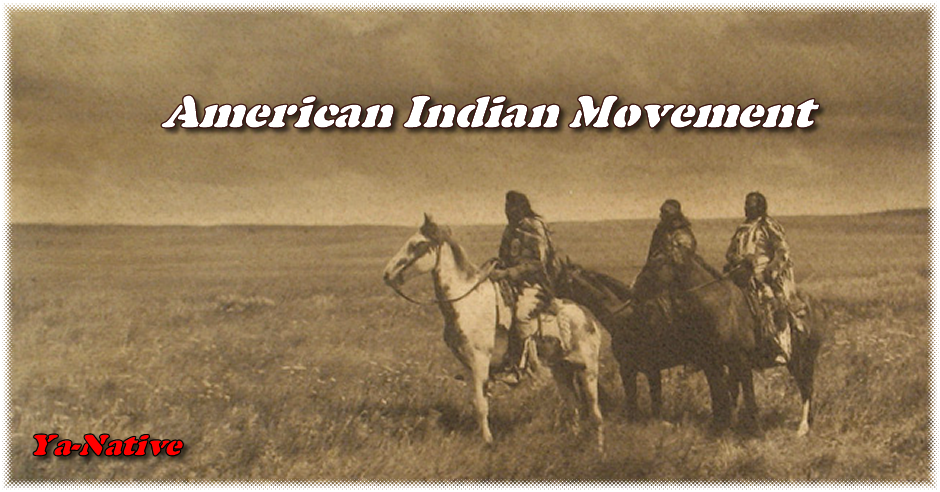
Also known by the acronym AIM, this organization was founded in Minneapolis in 1968 as a focus for numerous issues that concerned the Native American community. It followed on from the Red Power movement.
The issues concerning AIM included housing, police harassment toward those of Native American origin, poverty, and also the outstanding issues concerning treaties between the Native peoples and the U.S. Government. Although the movement started in Minneapolis, it soon gained momentum across the United States, and in 1971 members gathered together to protest in Washington, D.C.
The "Trail of Broken Treaties" saw the Native American representatives present a list to the Government of 20 demands that they felt they were entitled to, due to various promises that had been made in historical agreements.
These 20 items were:
- Restore treaty-making (ended by Congress in 1871
- Establish a treaty commission to make new treaties (with sovereign Native Nations)
- Provide opportunities for Indian leaders to address Congress directly
- Review treaty commitments and violations
- Have any unratified treaties reviewed by the Senate
- Ensure that all American Indians are governed by treaty relations
- Provide relief to Native Nations as compensation for treaty rights violations
- Recognize the right of Indians to interpret treaties
- Create a Joint Congressional Committee to reconstruct relations with Indians
- Restore 1 10 million acres of land taken away from Native Nations by the United States
- Restore terminated rights of Native Nations
- Repeal state jurisdiction on Native Nations
- Provide Federal protection for offenses against Indians
- Abolish the Bureau of Indian Affairs
- Create a new office of Federal Indian Relations
- Remedy breakdown in the constitutionally prescribed relationships between the United States and Native Nations
- Ensure immunity of Native Nations from state commerce regulation, taxes, and trade restrictions
- Protect Indian religiOUS freedom and cultural integrity
- Establish national Indian voting with local options; free national Indian organizations from governmental controls
- Reclaim and affirm health, hOUSing, employment, economic development, and education for all Indian people.
Perhaps the most noteworthy piece of activism by AIM was "The Longest Walk." Following a spiritual tradition with political aims in mind, The Longest Walk began in February 1978 with a ceremony on Alcatraz Island, where the Red Power movement had first drawn attention to the plight of Native Americans ten years earlier. The beginning of the Walk started with a pipe ceremony; this pipe was carried the entire length of the route, some 3,200 miles across the U.S.A., ending in Washington, D.C. in July of the same year.
The walk highlighted many issues, such as the need for tribal sovereignty and the civil rights of the Native American people. Support was garnered from both within the Native community and outside of it; and from both inside the United States and from much further afield.
Once in Washington, the pipe, which had been loaded with tobacco at the beginning of the journey, was smoked at the site of the Washington Monument. Thereafter, rallies were held to highlight all the issues that The Longest Walk had set out to address.
AIM continues to fight on behalf of the Native American peoples.